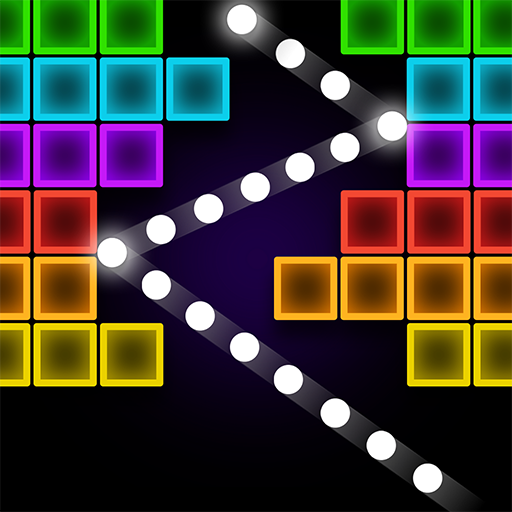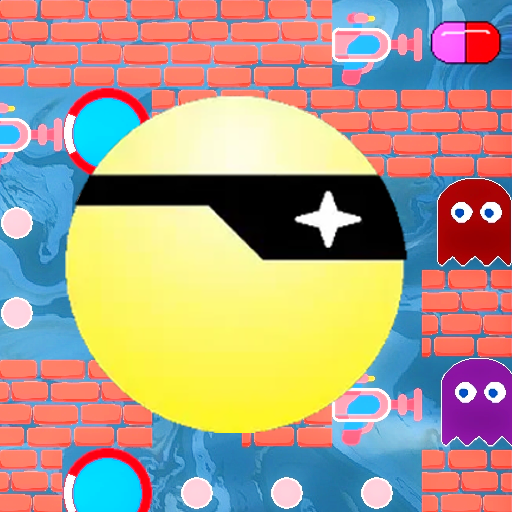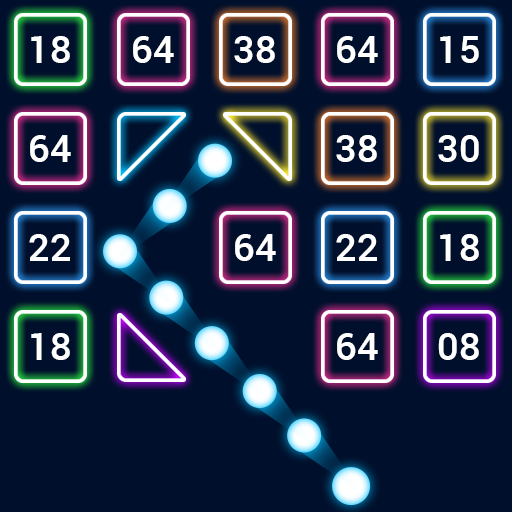DLSS: Revolutionizing Gaming Performance
Nvidia's DLSS, or Deep Learning Super Sampling, is a game-changer for PC gaming. It significantly boosts performance and extends the lifespan of Nvidia graphics cards, provided the game supports it – a number constantly growing.
Since its 2019 debut, DLSS has undergone numerous refinements, impacting its operation, effectiveness, and features across Nvidia's RTX generations. This guide explains what DLSS is, how it works, its key differences across versions, and its relevance, even if you don't currently own an Nvidia card.
Additional contributions by Matthew S. Smith.
What Is DLSS?
Nvidia DLSS, or Deep Learning Super Sampling, is Nvidia's proprietary system for enhancing game performance and image quality. "Super Sampling" refers to its intelligent upscaling of games to higher resolutions, achieving this with minimal performance overhead thanks to a neural network trained on extensive gameplay data.
While initially focused on upscaling, DLSS now incorporates several features: DLSS Ray Reconstruction (AI-enhanced lighting and shadows); DLSS Frame Generation and Multi-Frame Generation (AI-inserted frames for higher FPS); and DLAA (Deep Learning Anti-Aliasing), which applies AI-enhanced anti-aliasing for superior visuals than native resolution.
Super Resolution, particularly useful with ray tracing, is the most common feature. DLSS-supported games usually offer Ultra Performance, Performance, Balanced, and Quality modes. Each renders at a lower resolution (for higher FPS) then upscales to your native resolution using AI. For example, in Cyberpunk 2077 at 4K with DLSS Quality, the game renders at 1440p, then DLSS upscales to 4K, resulting in significantly higher frame rates.DLSS's neural rendering differs from older techniques like checkerboard rendering. It adds detail not present in native resolution, preserving details lost with other upscaling methods. However, artifacts like "bubbling" shadows or flickering lines can occur, though these have been significantly reduced, especially with DLSS 4.
The Generational Leap: DLSS 3 to DLSS 4
The RTX 50-series introduced DLSS 4, revolutionizing the AI model. To understand the impact, let's examine the underlying AI engines.
DLSS 3 (including DLSS 3.5 with frame generation) used a Convolutional Neural Network (CNN). Trained on vast video game data, it analyzed scenes, spatial relationships, edges, and other key elements. This model is effective, but advancements in machine learning prompted a change.
DLSS 4 uses a Transformer model (TNN), far more capable. It analyzes twice the parameters, providing a deeper scene understanding. The Transformer interprets inputs more sophisticatedly, recognizing long-range patterns. It "thinks" more deeply, anticipating future events with greater accuracy and applying more effective processing.
This leads to superior Super Sampling and Ray Reconstruction in DLSS 4. More fine detail is retained, resulting in sharper visuals. Previously lost details, like surface textures, are crisply rendered. Artifacts are less prevalent. The improvements are immediately noticeable.
The TNN also greatly enhances frame generation. While DLSS 3.5 inserted one frame, DLSS 4 generates four for each rendered frame (Multi-Frame Generation), potentially doubling, tripling, or further increasing frame rates.
Nvidia Reflex 2.0 minimizes input latency to maintain responsiveness. While not perfect (minor ghosting can occur, especially at higher frame generation settings), users can adjust frame generation to match their monitor's refresh rate to avoid issues like screen tearing.
Even without an RTX 50-series, the new TNN model (for Super Resolution and Ray Reconstruction) is accessible via the Nvidia App, along with DLSS Ultra Performance mode and DLAA, even if the game doesn't natively support them.
Why Does DLSS Matter for Gaming?
DLSS is transformative for PC gaming. For mid-range or lower-end Nvidia cards, it enables higher graphics settings and resolutions. It also extends GPU lifespan, allowing for playable frame rates even with reduced settings or altered performance modes. It's a consumer-friendly feature beneficial for gamers with budget constraints.
DLSS has broadly impacted PC gaming. While Nvidia was first, AMD (FSR) and Intel (XeSS) offer competing technologies. While Nvidia's pricing strategy is debatable, DLSS has undeniably improved price-to-performance ratios.
Nvidia DLSS vs. AMD FSR vs. Intel XeSS
DLSS surpasses competitors due to the improved image quality of DLSS 4 and its low-latency multi-frame generation. AMD and Intel offer upscaling and frame generation, but Nvidia's machine learning provides a crisper, more consistent image with fewer artifacts.
However, unlike AMD FSR, DLSS is exclusive to Nvidia cards and requires developer implementation. While support is widespread, it's not universal.Conclusion
Nvidia DLSS is a game-changing technology that continues to improve. While not perfect, it significantly enhances gaming experiences and extends GPU longevity. However, AMD and Intel offer alternatives. Ultimately, the best choice depends on individual needs, GPU cost, and the games played.
- 1 Silent Hill 2 Remake Confirms Xbox, Switch Release in 2025 Feb 08,2025
- 2 Connect Asus ROG Ally to TV or Monitor: Easy Guide Apr 06,2025
- 3 Dragon Soul Tier List: Ultimate Guide May 12,2025
- 4 "Persona Games and Spin-Offs: Complete Chronological List" Apr 09,2025
- 5 Assassin's Creed Shadows: Max Level and Rank Cap Revealed Mar 27,2025
- 6 The Best Marvel Contest of Champions Tier List for 2025 Mar 19,2025
- 7 "Discover All Templar Locations in Assassin’s Creed Shadows - Spoiler Guide" Apr 04,2025
- 8 Basketball Zero: Official Trello and Discord Links Revealed Mar 26,2025
-
Top Arcade Classics and New Hits
A total of 10
-
Addictive Arcade Games for Mobile
A total of 10
-
Android Apps for Video Content Creation
A total of 10










![Roblox Forsaken Characters Tier List [UPDATED] (2025)](https://img.actcv.com/uploads/18/17380116246797f3e8a8a39.jpg)

















